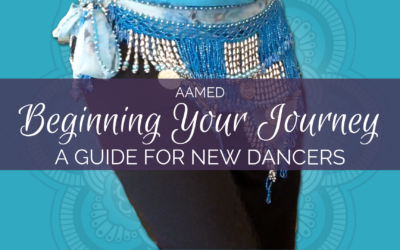Have you ever seen a dancer play the zills and dance with complete abandon?
Have you ever wished to be able to play and dance freely yourself?
So, how does a dancer go from just starting to play the zills to playing zills freely while dancing?
Glad you asked!
Let me tell you about my 6 phase process to dancing freely with zills by breaking down each step along the zill playing journey for you, right now!
- Getting Comfortable with Zills
In this phase, you learn some basic strikes, learn a few patterns, and rhythms while playing with your arms and hands in a comfortable, formless position in front of your body.
Important things to do in this phase:
- Practice Counting beat/patterns/rhythms internally
- Practice listening to your teacher or a song, then setting your internal timing to match.
- Focus of strike accuracy and timing
- Playing in Arm Positions
In this phase, you will take the strikes and patterns you learned in phase 1 and practice playing them in defined arm positions.
This phase gets you more comfortable with holding your arms away from the body.
Important things to do in this phase:
- Take care to maintain accuracy and timing in all positions
- Practice good arm posture throughout
- Connecting Your Hands and Feet.
In this phase, you’ll explore where the zill patterns connect with your feet through stationery and traveling steps.
For example, if we count a 3-pattern musically we get: and-a-1, and-a-2, and-a-3, and-a-4
This correlates to and-a-step, and-a-step, and-a-step, and-a-step
You can see how they equal the same number: 3
Just like the 3-pattern or “gallop” we play.
You can then use this phrase to queue yourself to play the 3-pattern with simple steps, like a walk forward, a step touch, or a step-together-step.
Important things to do in this phase:
- First, vocalize (actually say it) the pattern with zills, then vocalize the pattern with steps, then attempt to add the two together.
- Maintain the integrity of your zill strikes, timing, arm positions, and traveling steps.
4. Playing with Moving Arms
In this phase, you begin moving the arms, first between our basic arm positions, then eventually moving free form using more of the space around your body.
Important things to do at this phase:
- Stay calm and keep trying, because in this phase you are building new neural pathways in the brain and body and they need time to literally make the connection before they even start working. Give your diligent practice time to work.
- All Together Now
In this phase, you begin putting together moving your zilling arms and your traveling steps seamlessly blending the two.
Important things to do at this phase:
- Be patient.
- Keep trying and practicing until putting it all together feels easy.
- Keep encouraging yourself, you’ve come so far and you’re getting ever so close to your goal!
- You Got This!
In this phase, your hard work and dedication to playing and dancing together are finally starting to pay off.
While you may not begin this phase completely free dancing with zills, you will have a much easier time blending your music and moves together.
However, there will come a time, and it will sneak upon you, when you realize, “whoa, I just did it! I just danced and played without having to think about it!”
Can you imagine that?
That SWEET day will come!
IMPORTANT things to do in this phase:
- Celebrate a valuable and rare skill earned!!!
Share Six Steps to Dancing W/ Zills Quickly
-
Anna
Beginning Your Journey
Lifetime accessBeginner12 lessons0 quizzes159 studentsStarting any new adventure can be intimidating. Wouldn't you like someone with lots of experience…Free






